Reina Kurtani’s Blog Failed Partnership between Volkswagen and Suzuki narrates the incident how the alliance between two automobile giants of the world met its fate. The Japanese and Germans formed this alliance for mutual benefit but this relationship didn’t last as the German partner denied Suzuki to share its valuable hybrid technology. Both these automobile companies made a partnership where Suzuki would get access to fuel efficient and technological know how of Volkswagen in return of its 19.9% stake.
The denial by Volkswagen created a buzz in the business world as one of the most anticipated partnerships of all time died out even before getting benefited by each other substantially. As a result, Suzuki will buy back its share and will search for another loyal partner like Maruti in India. Volkswagen has lost its credibility in terms of business partnership by breaking the trust of one of the biggest automobile companies in the world. Further, the German will lose its customer loyalty as analysed by Reina. Volkswagen is in one of its worst phases since the company started its operations with broken partnership and financial scandals hampering the image of company adversely. Reina’s suggestions of certain technological changes by internal combustion and electric motor to target the green car lovers should go in favour of Suzuki.
In this short term not so loveable relationship between Volkswagen and Suzuki , the Japanese will have the last laugh in long term.
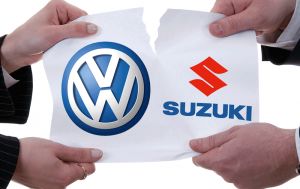
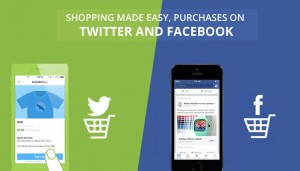
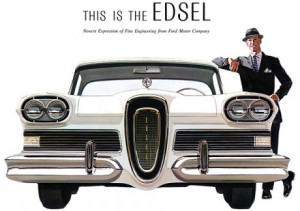
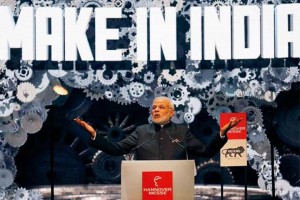
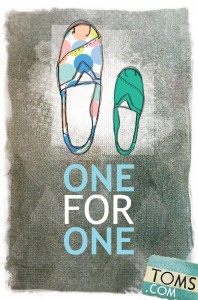
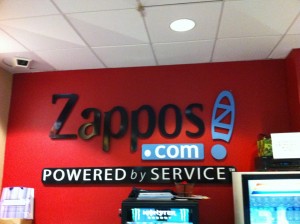

Recent Comments